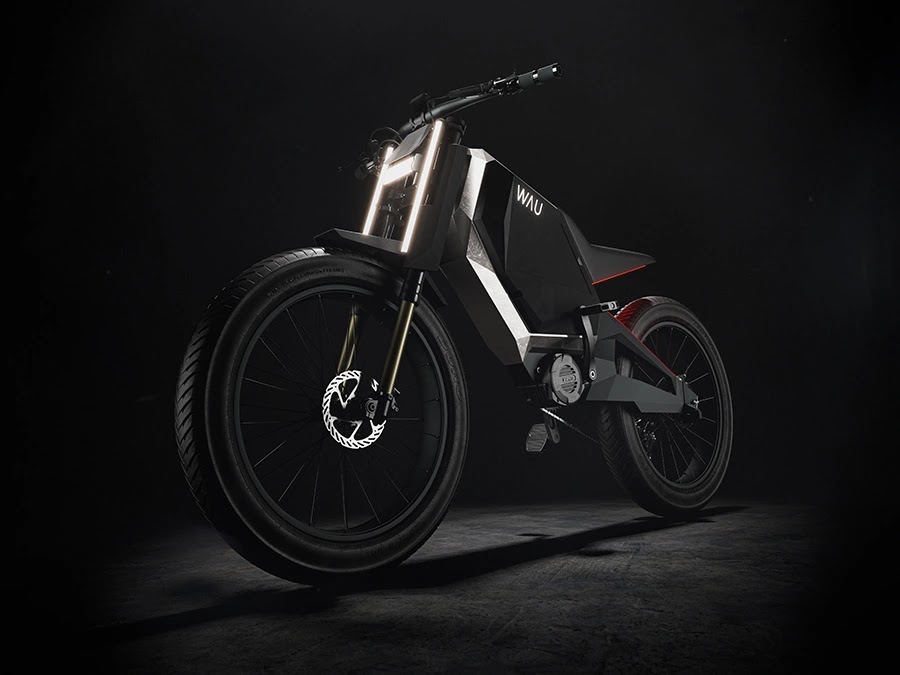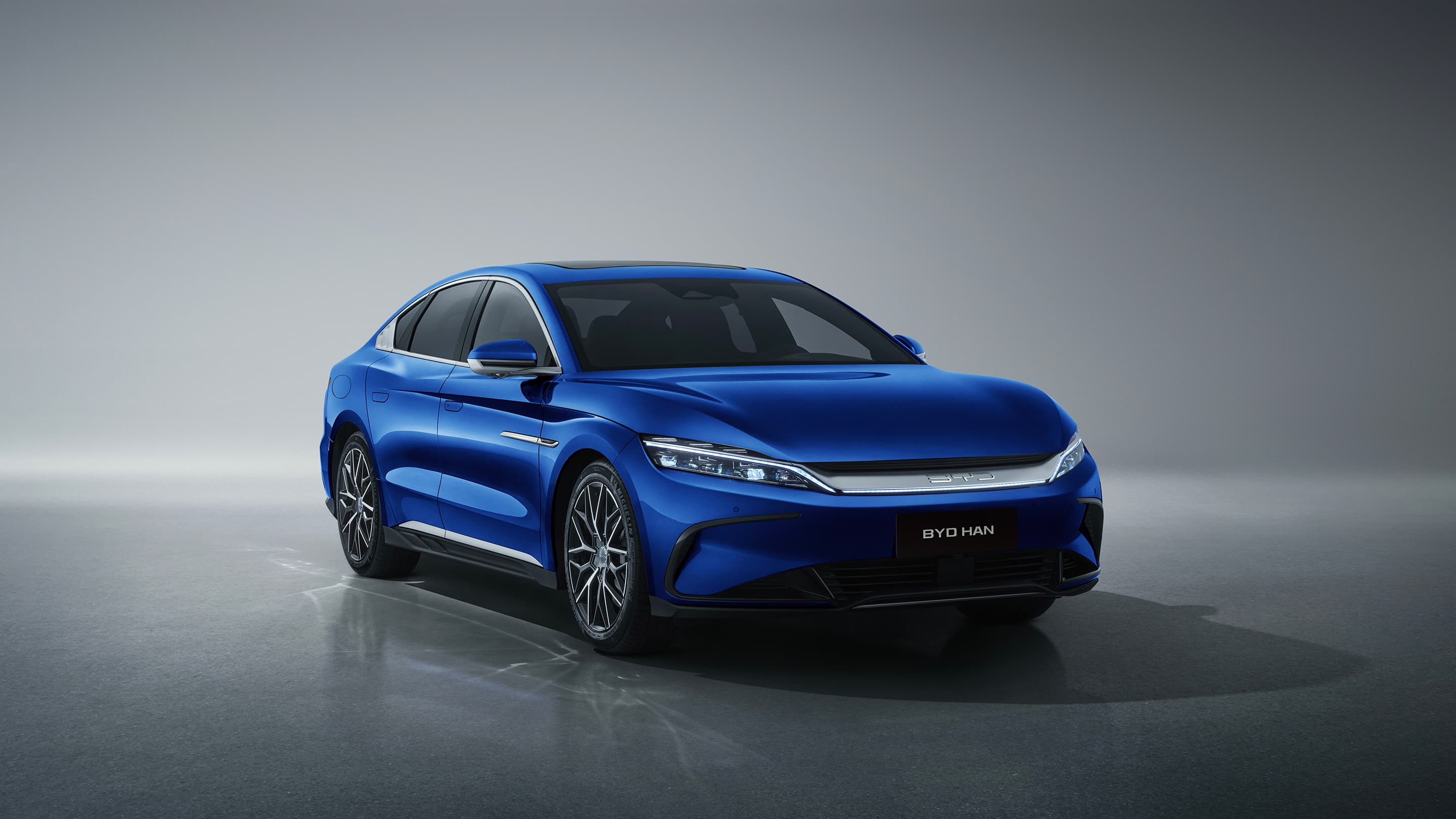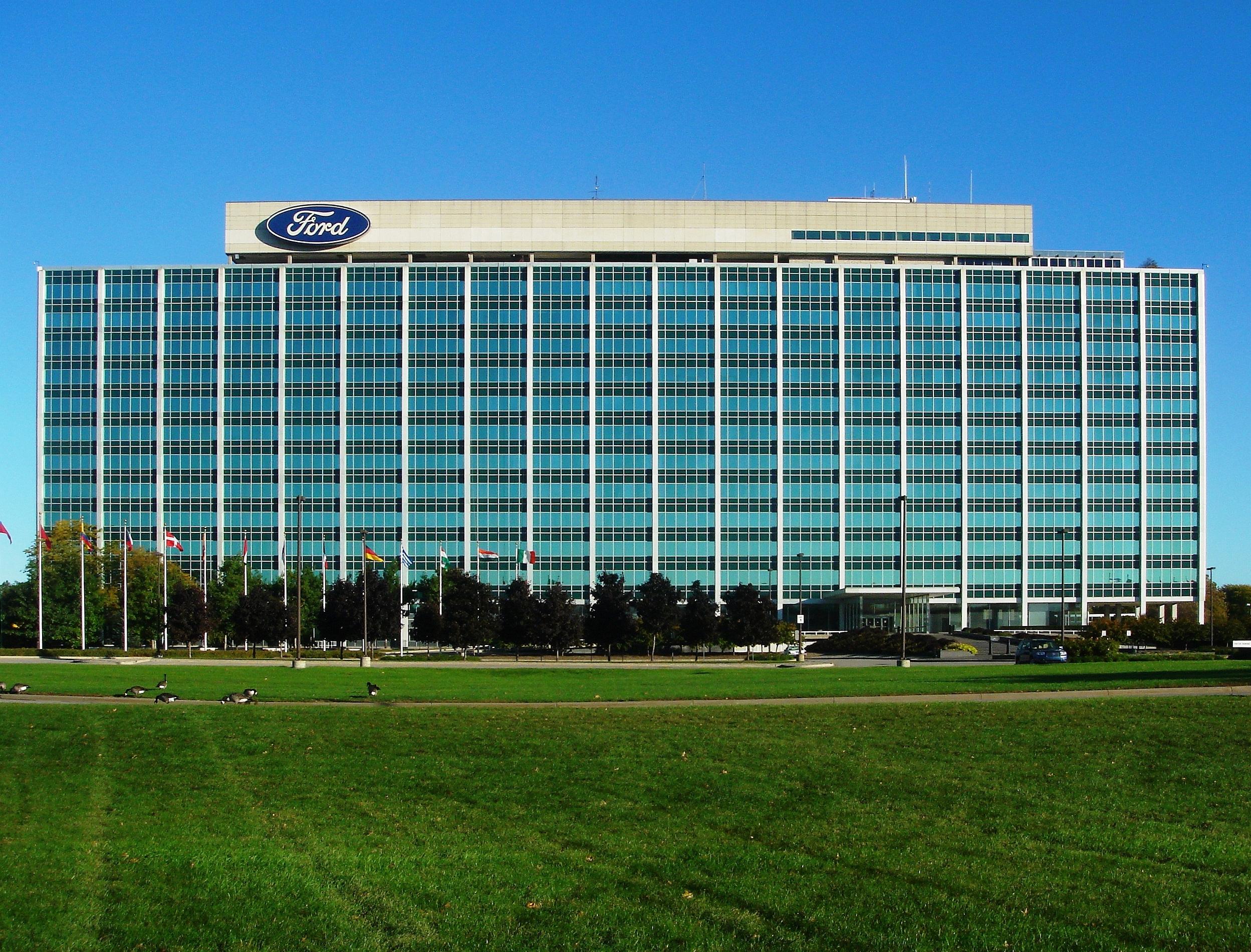In the ever-evolving world of electric vehicles, the WAU CYBER has emerged as a highly anticipated e-bike, drawing comparisons to Tesla's groundbreaking innovations in the automotive industry. Touted as "the world's most powerful" e-bike, the WAU CYBER is set to make its debut on Indiegogo, utilizing crowdfunding to fuel its journey into the market. With promises of a unique design, cutting-edge engineering, and a host of advanced features, the WAU CYBER aims to redefine the landscape of electric bicycles. In this article, we will explore the key features and potential impact of the WAU CYBER in the e-bike industry.
-
A Visionary Design and Engineering Marvel
The WAU CYBER's promotional material suggests that it will be a "masterpiece of both design and engineering," aimed at setting it apart from the crowded e-bike market. While specific technical details are yet to be unveiled, the creators seem confident that the WAU CYBER will deliver on its promises of innovation and performance.
The e-bike's aggressive and enclosed build gives it a distinctive cyberpunk aesthetic, which is further complemented by custom-designed, cyberpunk-inspired head- and tail-lights. These unique design elements add to the vehicle's futuristic appeal, setting it apart from conventional e-bikes in the market.
-
Unparalleled Power and Performance
At the heart of the WAU CYBER's claim to being "the world's most powerful" e-bike lies its performance capabilities. Unfortunately, the exact hardware and statistics backing this assertion have not been disclosed by the manufacturer at this stage. However, given the hype surrounding the WAU CYBER, it is reasonable to assume that the vehicle will boast an impressive powertrain.
E-bike enthusiasts can look forward to an exhilarating riding experience, with potentially unprecedented acceleration and range. As electric vehicle technology continues to advance, the WAU CYBER might leverage cutting-edge battery and motor technology to redefine the boundaries of e-bike performance.
-
A Plethora of Features
The WAU CYBER's makers are confident that their creation will surpass the competition by offering "more features" than any other e-bike in the market. Unfortunately, the specific features that will set the WAU CYBER apart have not been disclosed yet.
Given the current trends in the electric vehicle industry, we can speculate that the WAU CYBER might include smart connectivity features, such as app integration for ride tracking, battery monitoring, and remote diagnostics. Advanced safety features like anti-lock braking systems and collision avoidance technology could also be on the cards, ensuring a safe and user-friendly riding experience.
-
Limited Edition Skins and Founder's Edition Run
To add an air of exclusivity to its launch, the WAU CYBER will reportedly come in six different colorways, with some potentially being labeled as "Limited Edition skins." These limited edition versions are likely to offer unique visual elements or exclusive finishes, catering to collectors and enthusiasts.
Furthermore, the company plans to produce a "Founders Edition Run" comprising 250 units, although specific differentiators from the standard model have not been disclosed. Such Founder's Editions are often produced to commemorate the early adopters and backers of a new product, adding to the e-bike's allure.
Conclusion
The WAU CYBER undoubtedly arrives on the e-bike scene with significant hype and expectation, positioning itself as the "Tesla of electric bikes." Its promise of a powerful, feature-rich, and uniquely designed electric bicycle has captured the imagination of enthusiasts and potential buyers alike. As we eagerly await its Indiegogo launch, the e-bike community will be watching closely to see if the WAU CYBER can live up to its ambitious claims and deliver a truly groundbreaking addition to the electric vehicle market. With its potential to redefine e-bike standards, the WAU CYBER could shape the future of personal electric transportation.
















